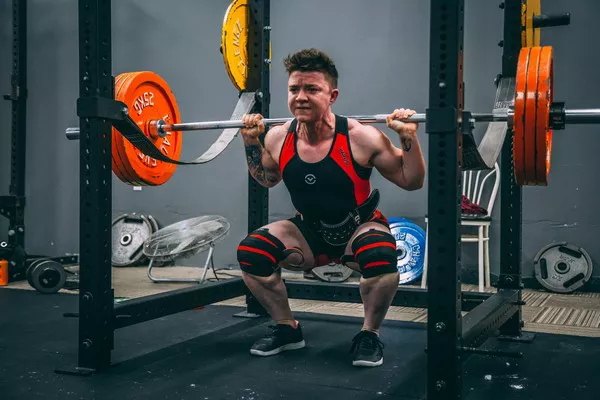Soccer is a demanding sport that requires a wide range of physical abilities, including speed, agility, endurance, and strength. While many soccer players focus primarily on cardiovascular fitness and skill training, strength training is an essential component that should not be overlooked. In fact, strength training has been shown to have numerous benefits for soccer players, including improved physical performance, reduced risk of injury, and enhanced overall fitness. In this article, we will explore the importance of strength training for soccer players and the evidence-based approach to implementing it into their training programs.
Improved Physical Performance
One of the most significant benefits of strength training for soccer players is improved physical performance. Strength training can improve muscular strength and power, which are critical components of soccer performance. Strengthening the lower body muscles, including the quadriceps, hamstrings, glutes, and calves, can improve running speed, jumping ability, and kicking power. Additionally, strengthening the upper body muscles, including the chest, back, shoulders, and arms, can improve tackling ability, heading accuracy, and throwing distance.
Research has shown that strength training can improve sprinting speed, vertical jump height, and agility in soccer players. A study published in the Journal of Strength and Conditioning Research found that a 12-week strength training program significantly improved sprinting speed, vertical jump height, and agility in male and female high school soccer players. Another study published in the same journal found that a six-week strength training program significantly improved sprinting speed and agility in male college soccer players.
Reduced Risk of Injury
Another important benefit of strength training for soccer players is reduced risk of injury. Soccer is a high-impact sport that involves frequent changes of direction, jumping, and physical contact with other players. As a result, injuries such as ankle sprains, knee injuries, and muscle strains are common among soccer players.
However, strength training can help to reduce the risk of these injuries by improving muscular strength and endurance, enhancing joint stability, and increasing bone density. Strengthening the lower body muscles, in particular, can improve knee stability and reduce the risk of knee injuries. Additionally, strengthening the core muscles can improve trunk stability and reduce the risk of low back pain.
A study published in the British Journal of Sports Medicine found that a 12-week strength training program significantly reduced the incidence of injuries among male soccer players. Another study published in the Scandinavian Journal of Medicine and Science in Sports found that a six-week strength training program significantly improved ankle stability and reduced the risk of ankle sprains in female soccer players.
Evidence-Based Approach
When implementing strength training into a soccer player’s training program, it is important to follow an evidence-based approach to ensure optimal results and minimize the risk of injury. The American College of Sports Medicine (ACSM) recommends performing strength training exercises at least two days per week, targeting all major muscle groups including the chest, back, arms, shoulders, legs, and core. Each exercise should consist of 1-3 sets of 8-12 repetitions, with a rest period of 30-90 seconds between sets.
To improve athletic performance, soccer players should focus on exercises that target the lower body muscles, such as squats, lunges, deadlifts, and calf raises. These exercises can be performed using free weights, machines, or bodyweight. Additionally, plyometric exercises, such as box jumps, jump squats, and hurdle hops, can be incorporated to improve explosive power and agility.
To reduce the risk of injury, soccer players should focus on exercises that improve joint stability and balance, such as single-leg squats, lateral lunges, and step-ups. Core strengthening exercises, such as planks, side planks, and Russian twists, can also be beneficial for improving trunk stability and reducing the risk of low back pain.
It is also important to gradually progress the training program by increasing the weight lifted, performing more sets or repetitions, or reducing the rest periods between sets. Soccer players should aim to train each muscle group at least twice per week, with a minimum of 48 hours of rest between sessions to allow for adequate recovery.
Conclusion
In conclusion, strength training is an essential component of any soccer player’s training program. It can improve physical performance, reduce the risk of injury, and enhance overall fitness. By following an evidence-based approach and incorporating exercises that target the lower body muscles, joint stability, and core strength, soccer players can maximize the benefits of strength training and improve their performance on the field.
Related topics:


